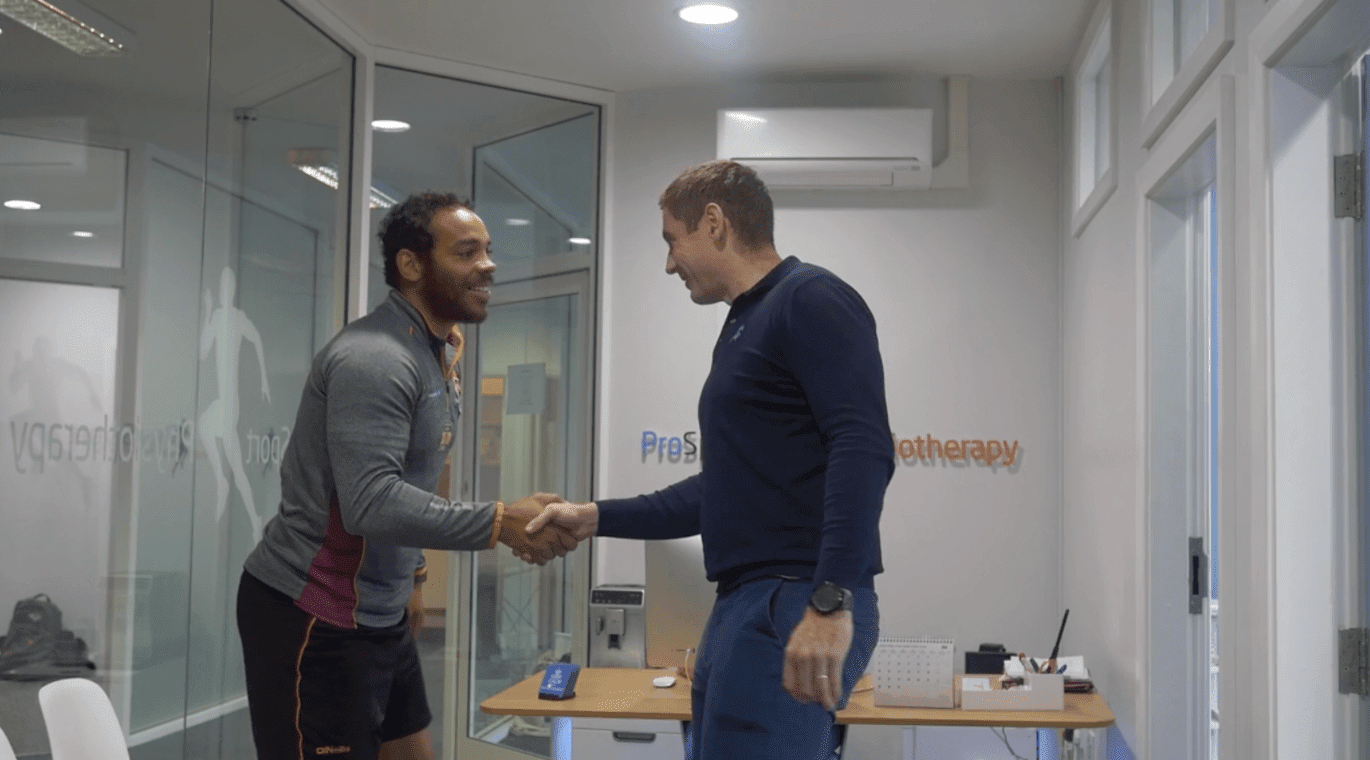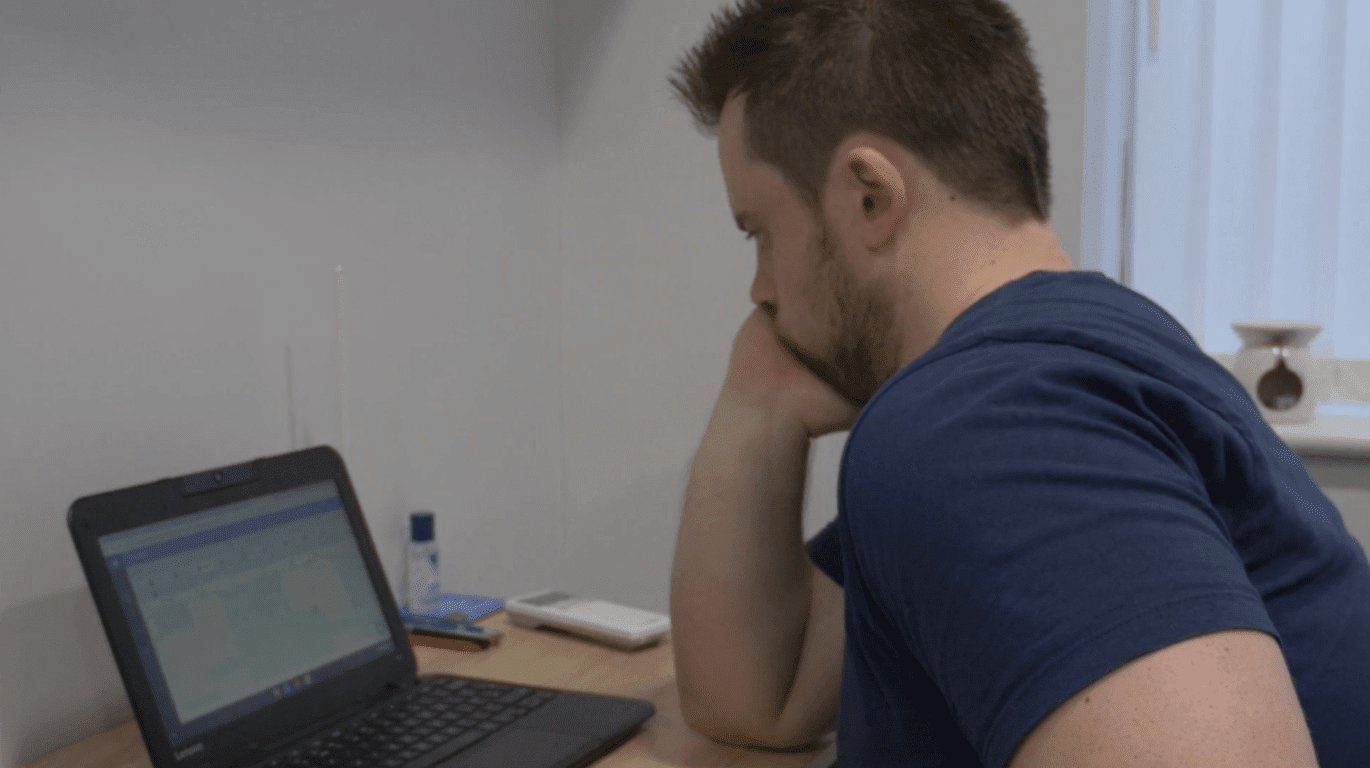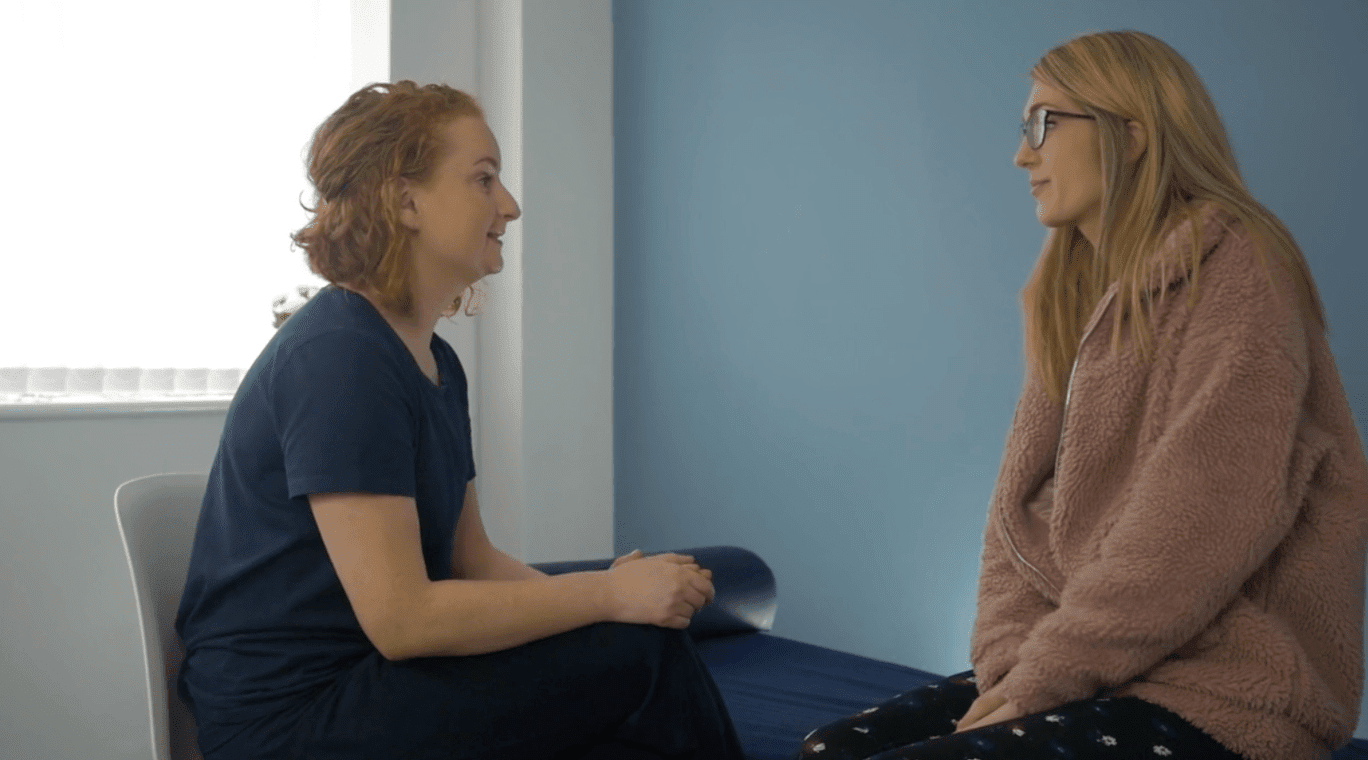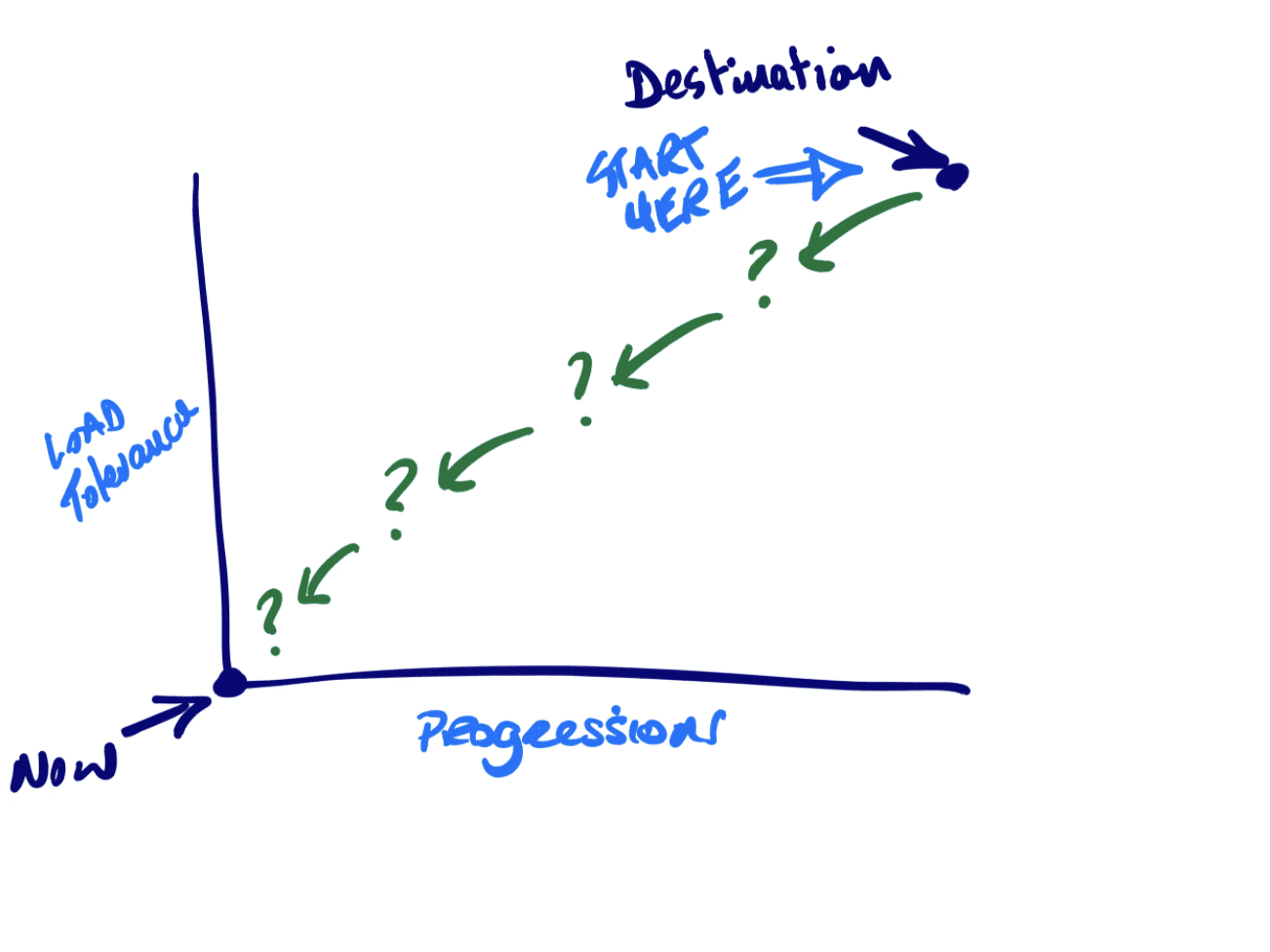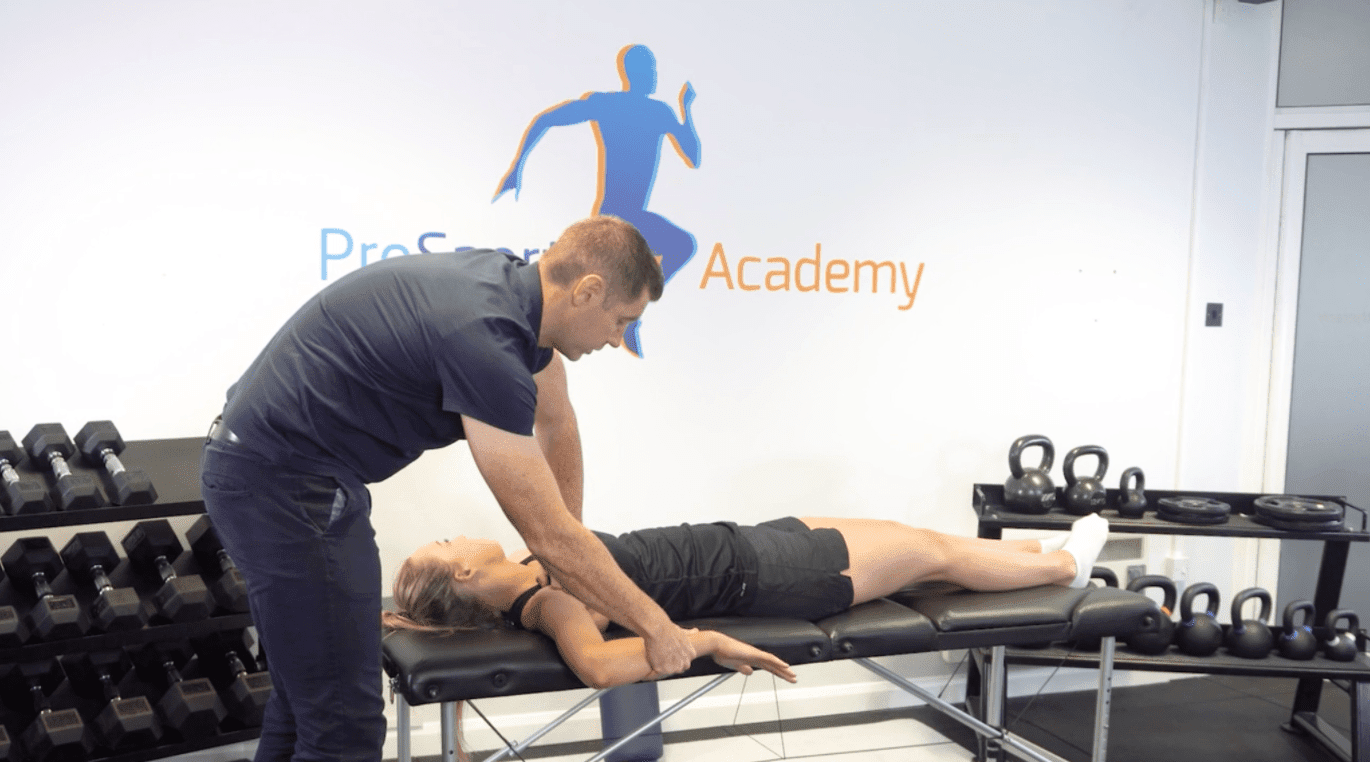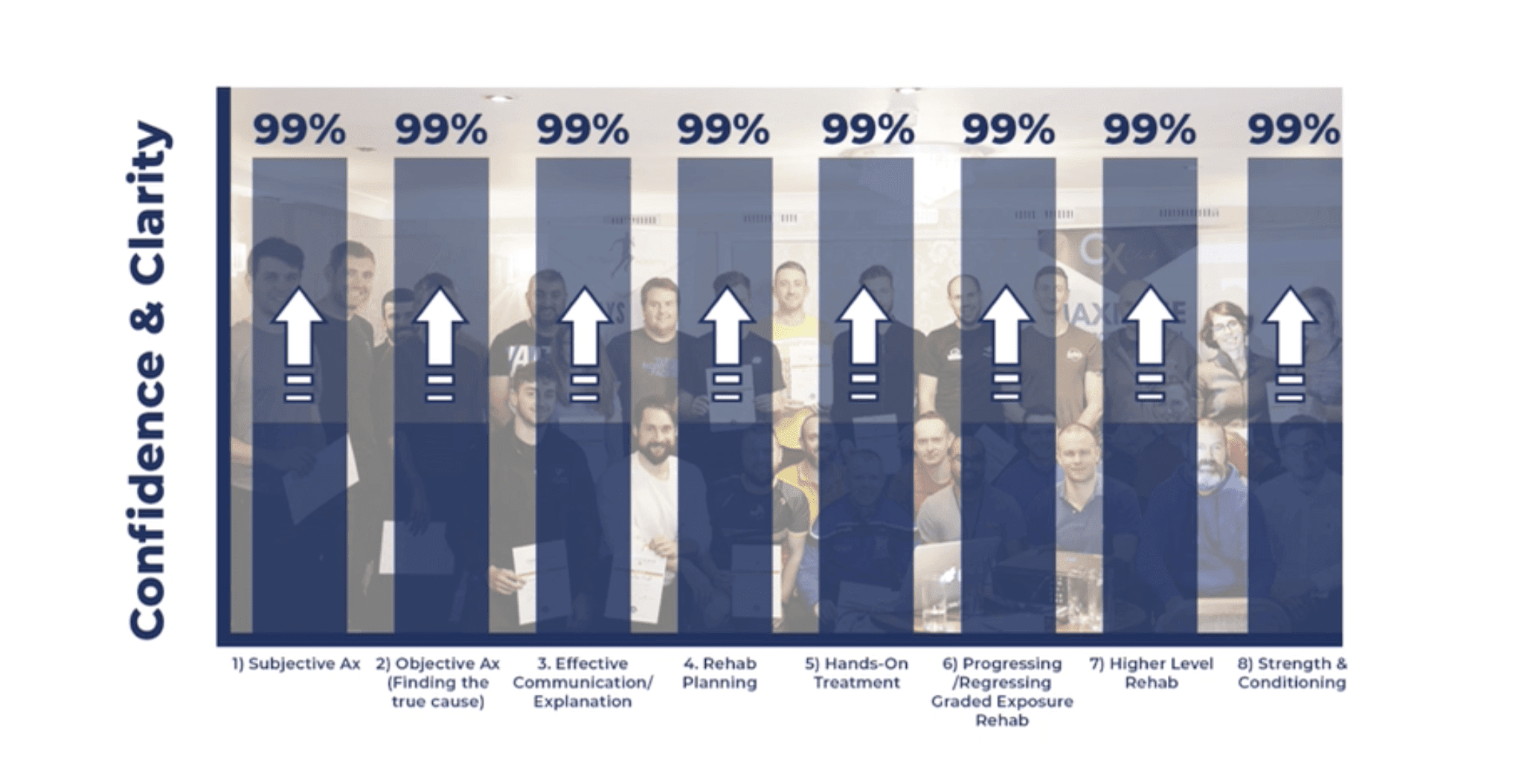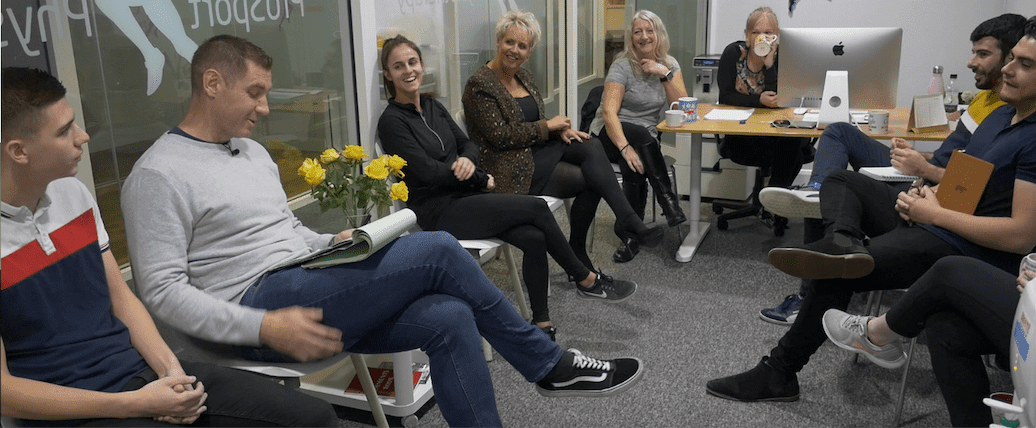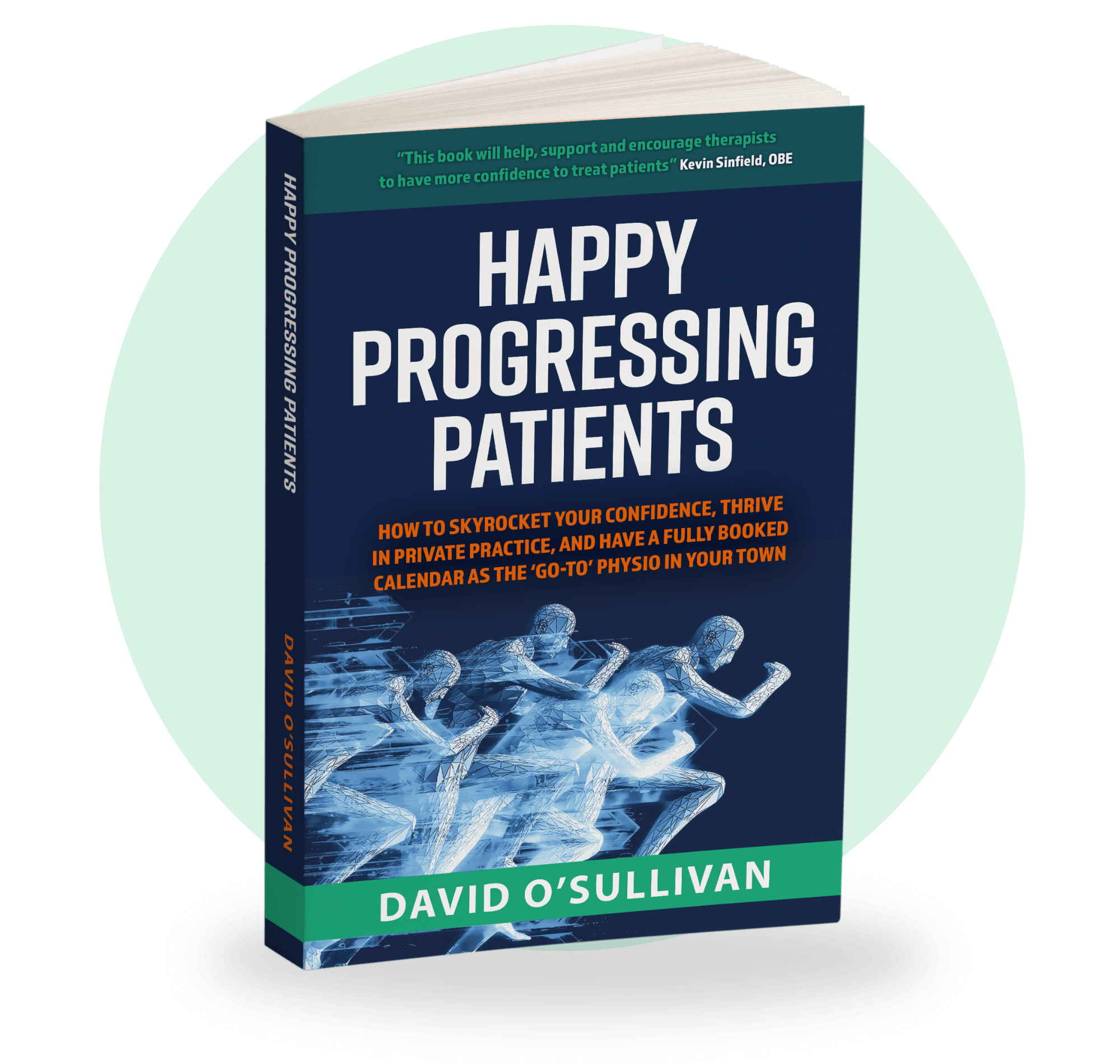
Are you a good therapist? It’s a funny question to ask but I can guarantee if you’re reading this, you’ve probably thought about it. Well, today I want to clear it all up for you.
I spent years thinking about it. Whenever I would find myself struggling with a patient I would beat myself up. I felt isolated and inadequate. But I realised there had to be a better way of working. I had to be sure I was the best therapist I could be.
The truth is, you can’t afford to be falling short. You can’t afford to be using guesswork. If you’re ever going to build a successful clinic, if you ever want that reputation as the Go-To Therapist then you’re going to need certain qualities…
So today we want to look at what the ideal physical therapist looks like but more importantly if you feel like you’re still missing something I’m going to show you what you can do to be that therapist…
Read on to find out…
- What does a bad physical therapist look like?
- The qualities of a good physical therapist.
- Achieving these in your practice.
- How we do this every single day.
- What being a good therapist means for you.
What Does A Struggling Physical Therapist Look Like?
I have seen some bad physical therapists in my time. But if you know me you know I don’t like pointing out people’s flaws. I never want to make people feel small. It’s not good for me or anyone else.
But before we get into the ideal physical therapist, we have to know what it is to be a struggling physical therapist…
The first thing I see physical therapists struggling with is results. They’re finding it tough to get to the root cause of the issue. They see some results but days or weeks later, their patients are seeing the same symptoms… It’s just not happening.
They’re letting their patients dictate a session. Maybe they’re over-reliant on their hands-on treatment or they know their patients feel ‘better’ after being on the bed. But in the end, this has no meaningful impact.
They see patients drop-off. The therapist can’t communicate the goals and how they’re going to get there. People just lose interest in their treatment plans.
In the end, you’re left with an empty diary and a failing clinical practice. You’re left wondering why you can’t get the recognition you deserve. You’re working all hours and when you do get home, you have sleepless nights wondering if you’re doing right by your patients.
Finally, your revenue takes a hit. It’s not a good place to be. But we’ve all been there… Now, here’s the important part…
If any of this sounds familiar it’s not the end of the world. It doesn’t mean you are a bad therapist. BUT…
If you choose to do nothing about it… If you choose to ignore the fact that you’re letting a patient and a patient’s family down then you’re probably not going to get any further. You’ll continue to struggle and going to work in the morning will become an even bigger chore.
But enough of that… Lets’s look at the traits and qualities of the ideal physical therapist…
What Do Good Physical Therapists Look Like?
All good healthcare providers should reflect on their practice and physical therapists are the same. If we’re going to be successful at what we do then we have to be critical… Even if it means feeling a little overwhelmed or uncomfortable.
So… what does a good or great physical therapist look like? Well, Below are some of the qualities of a physical therapist… It isn’t everything. If I’m honest, the list could go on for days. You could write a book on it. But these are just a few things I see every day, and some truths the research tells us…
Interpersonal & Communication Skills
In a 2015 review published by the American Physical Therapy Association, O’Keeffe et al found that ‘physical therapist interpersonal and communication skills’ are a large factor in patient/therapist interactions.
Back in the day, to a doctor or physical therapist, this would be thought of as a bedside manner. It’s those interpersonal skills. A little communication, compassion, empathy, and a positive attitude… Your patient may feel vulnerable so you’re just making them feel comfortable, right?
Well, for me, this is far more than being able to talk to patients. In the Go-To Therapist Mentorship, we put a lot of weight on these skills. In fact, we have a whole module on effective explanation… Why?
Well, it’s key to so many things. If you can talk to patients you can help them understand the issue and how you’re going to solve that together. They know where they’re going and how they’re going to get there. They will want to turn up every session. They will want to adhere to treatment.
For example, if you have someone with a chronic back issue and they want to be able to run next week then you can help them understand that it may not be realistic.
You can explain and make sure you and your patient are in the same reality. If there is a miss-match you can assist patients to realise their reality. Informed patients can handle slow recovery processes. They know the recovery process isn’t immediate but they understand their progress.
It is all about the ability to explain on their level…
Treatment Planning & Patient Care
The whole point of physical therapy is to find solutions. These are real patients with real problems and you need to solve the issue.
The ideal physical therapist needs to be able to do just that. You need to be able to build a world-class treatment plan specific to any patient.
This means looking at the person in front of you and understanding that rehabilitation and a physical therapy program is not a ‘one size fits all’. A successful treatment plan is always built with a patient’s end goal in mind.
But this also means eliminating guesswork. It is about knowing exactly when to progress and regress with patients. If they want to get back to running then you need to be certain they can do this without causing injury.
You shouldn’t have to give an exercise and say the words ‘give me a call and let me know how it goes’. You shouldn’t hope a patient can maintain the progress your treatment program has made.
When you have finished your rehab program you know you have discharged them successfully. They have reached their goals, they feel the difference and you have made a meaningful impact on their life.
Clinical Skills
Physical therapists rely on their clinical skills. Seems obvious right? But clinical skills aren’t about knowing these new ‘magic bullet’ movement techniques…
You need a range of tools and treatment options for every case. You need to be able to assess, test, and make sense of what you see. This means knowing what tissues you’re working with and in what planes.
Once you have that you can understand what exercises your patient needs to reach their end goal. You need to know how and when they fit into your rehab program. It’s about knowing why these exercises and physical movements are working for your patient.
Ultimately, it is all about how your clinical skills fit together. You need to comfortably link your subjective and objective assessments. This informs your next move in rehab and the rest is just a simple case of progression.
Your whole program needs to work together. Understand these principles and you can unlock the result you and your patient need.
The Result & Patient Satisfaction
In their 2020 review, Chi-Lun-Chiao et al found that ‘measuring patient experience provides direct insights about the patient’s perspectives and may help to promote better patient-centered health services and increase the quality of care.’
And this is one of the key qualities of any doctor, nurse, anyone in occupational therapy, or any licensed physical therapist…
When someone comes into my practice with an injury they see one of my team of therapists. Every therapist uses the exact same system I use in their daily practice… I know they’re good physical therapists. But this doesn’t mean we don’t keep track of our outcomes.
We’re always looking to improve our patient experience using the net promoter score. Simply, on a scale of 1-10 how likely would they be to recommend our physical therapy services to a friend or family member?
Get a low score and we know that something needs to change. We can change the way we practice depending on our outcomes…
This isn’t just a business metric. It’s a simple way to measure just how well you and your therapists are doing.
Achieving This In Your Clinic
I’ll never pretend working in physical therapy is easy. Most PTs struggle. Maybe they have some of these traits. But whenever they treat patients they’re still struggling to get the result everyone needs.
So what do you do? Do you wait for it? Maybe results will come with more knowledge? Or more confidence? In reality, you can’t afford to wait.
Of course, education is a huge part of our work and there are plenty of CPD courses or a PT school that are offering to help…
And you can’t underestimate how important the research is. If you’re going to keep up to date you have to find every one of those knowledge sources.
The truth is, you need it all. And that sounds stressful. If you’re dealing with a busy clinic already then how do you find the time for it all? Can you sit down and read three journals every evening?
It’s hard enough if you’re a solo practitioner but if you own a physical therapy practice you also need to be an effective role model. You need to be coaching others. So how do you do it all?
Using the Go-To Therapist 8 Pillar System
At the Go-To Therapist Mentorship, we use our simple 8 pillar system to make sure every therapist who comes through our program has the traits of a good physical therapist.
If every therapist has confidence and clarity in each of these 8 then they’re equipped to help people recovering from even the most complex of injuries…
- Subjective Assessment.
- Objective Assessment.
- Effective Communication/Explanation.
- Rehab Planning.
- Hands-On Treatment.
- Progressing/Regressing In Your Graded Exposure Rehab.
- Higher Level Rehab.
- Strength and Conditioning.
When you focus on each of these you can truly start treating patients. It’s a set of tools and a process that we provide every therapist on the mentorship with. It forms the basis of our simple step-by-step system to consistent results, clinic growth, and a reputation as the go-to therapist.
What Being A Successful Physical Therapist Means To You
The top priority in physical therapy is the well-being of patients. It is that simple. You want to make a positive impact on every person who walks in the clinic door. People want to feel the difference in their health, they want recovery and they want to return to their goals.
But this also means a lot to you. These patients are everything to your business. They are your source of positive reviews and referrals. If you can get a result for them then you give them freedom, in return, these people help grow your business.
Final Thoughts On Good Physical Therapy Practice
These traits aren’t the only things the ideal physical therapist needs and there is a hell of a lot more reading you can do on it. But if you take away one thing from this blog I want you to think about those 8 pillars.
What can they do for you? How can they help you get the consistent results that both you and your patients need? How can confidence and clarity in each of those change the way you work for the better?
Already we have had over 700 therapists worldwide come through my Go-To Therapist Mentorship Program. That is 700 therapists in our community helping thousands of people in pain.
Those therapists have already taken the first step. They’re achieving consistent results even with the most complex of cases. They’re setting their clinic up for success and building a reputation as the Go-To therapist.
If you want to take the first step just like them… Then I want to help. Simply click on the banner below, book your FREE 30-minute strategy call and see how you can get started today.
Get Your FREE Copy Of The Amazon #1 Bestseller That Holds The Secret To Confidently Treating Any Patient!
Download a Free ‘ebook’ copy of the 8-Step ‘World Cup’ Treatment Plan that helped my private patients achieve full recovery and made me a ‘go-to’ physio for complex cases…
